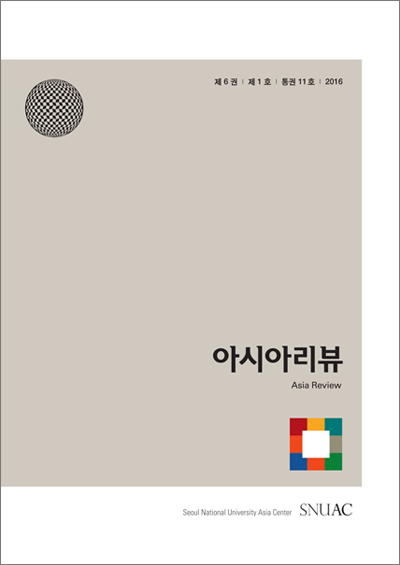This article employs the regime concept to explore the dynamics of the marriage migration of Vietnamese women to South Korea (hereafter Korea). The regime results from the relations between various actors and presents the condition that governs behaviors and decision-making (Keohane and Nye, 1977; Krasner, 1982). By combining diverse perspectives from various actors in the analysis of political dynamics, the regime concept does not simply bridge the gap between the discourses and practices (Guiraudon and Joppke, 2001; Sciortino, 2000; Zolberg, 1999) but further interprets the contradictions between the different scales as well as the interplay of state and non-state actors (Castles and Miller, 2009; Engbersen et al., 2007; Samers, 2016).
While international migration―in all of its forms―has never been a simple individual decision but rather the combination of many actors having their own influences on the migratory process (Castles and Miller, 2009), the existing literature on the marriage migration of Vietnamese women to Korea seems to consider the push and pull factors individually. On the one hand, based on the historical-structural theory, many previous studies have focused on strong state-led policies on marriage migration; meanwhile, others have generally pointed at marriage matchmakers as dominating actors in the Asian international marriage market (see Bélanger, 2016; Kim, 2013; Lee, 2008; Lee, 2012; Lindquist et al., 2012; Mee, 2007; Wang and Chang, 2002; Yang, 2011; Yang and Lu, 2010). On the other hand, based on the economic approach, scholars have long agreed on individual and/or family-related motivations of marriage migration in which the women dream of better lives for themselves and their families (Lee et al., 2016; Hoang, 2013b; Onishi, 2012). Furthermore, this line of research continues with the studies on the contributions of these women to their natal families and societies (Bélanger and Linh, 2011; Bélanger et al., 2011; Hoang, 2013b).
While the historical-structural approach pays more attention to the world and the state’s orders instead of human agency, the economic approach focusing on migrants, or their surroundings, could downplay the role of the state and neglect history-related factors (Castles and Miller, 2009). Additionally, the questions of how marriage matchmakers have become dominant in the market, as well as how marriage migration has bloomed under the tightening policies of governments have not been carefully covered. Nevertheless, in line with calls to avoid victimizing women in marriage migration, another important question is how to consider marriage migrant women and their decision-making, while acknowledging the current setting for international marriage between Vietnamese women and Korean men.

